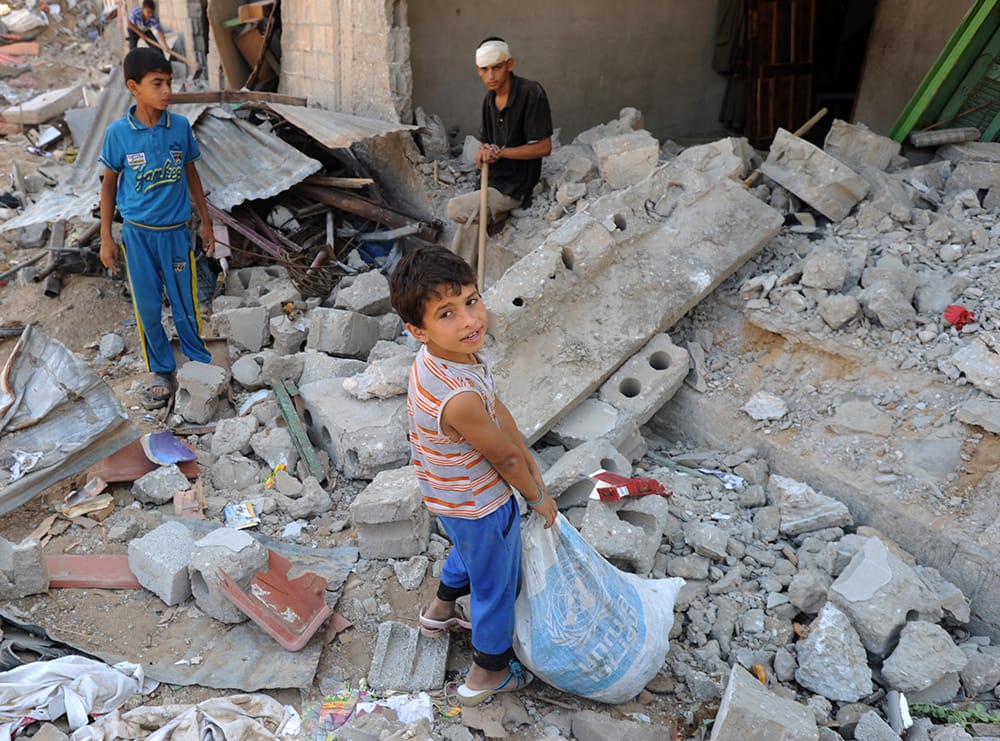The US administration’s decision to scale back its foreign aid has caused significant ripples across the international community, affecting countries in Africa, Asia, and Ukraine. While the United States affirms its commitment to global partnerships and efforts to address pressing issues like climate change and Covid-19, many developing countries are increasingly concerned about the long-term implications of these budget cuts. US foreign aid plays a critical role in the global fight against poverty, hunger, and disease, as well as promoting regional security and stability.
In Africa, the US aid cuts are exacerbating existing humanitarian crises. For instance, the continent faces mounting challenges in addressing famine and food insecurity, as well as coping with the adverse effects of climate change, including water scarcity and desertification. Various initiatives supported by the US, such as the Global Health Security Agenda and the Power Africa initiative, have helped improve healthcare accessibility and increase electricity access across the continent. These budget restrictions, therefore, risk undoing years of progress in development and strengthening the resilience of African nations.
Similarly, Asian countries, notably those in South and Southeast Asia, are bracing for the potential economic and social repercussions of reduced US foreign aid. With substantial investments in infrastructure, education, and healthcare, US assistance has been instrumental in promoting economic cooperation and regional stability. In Nepal, USAID projects like the Drishti Nepal program focus on increasing citizen awareness of their rights and supporting Nepal’s progress towards Self-Reliance. With US funding expected to decrease, the future of these programs hangs in the balance, threatening to derail years of advancements.
Meanwhile, in Ukraine, US support has been instrumental for the country’s counter-national defense strategy, providing crucial military assistance and training. Following Russia’s annexation of Crimea and hostilities in Eastern Ukraine, the US’s role in strengthening Ukraine’s defense capabilities has evolved, ushering in a new era of cooperation in the region. However, the recent cuts in aid allocation could potentially weaken Ukraine’s defenses in the long run and impact the country’s ability to deter and respond to future threats.
Looking forward, the examination of these impacts underlines the importance of preserving open lines of communication and strategic partnerships between nations. As the US reevaluates its role in foreign aid and development assistance, other global actors must also rise to the challenge and offer alternative sources of support for countries most affected by these restrictions.



